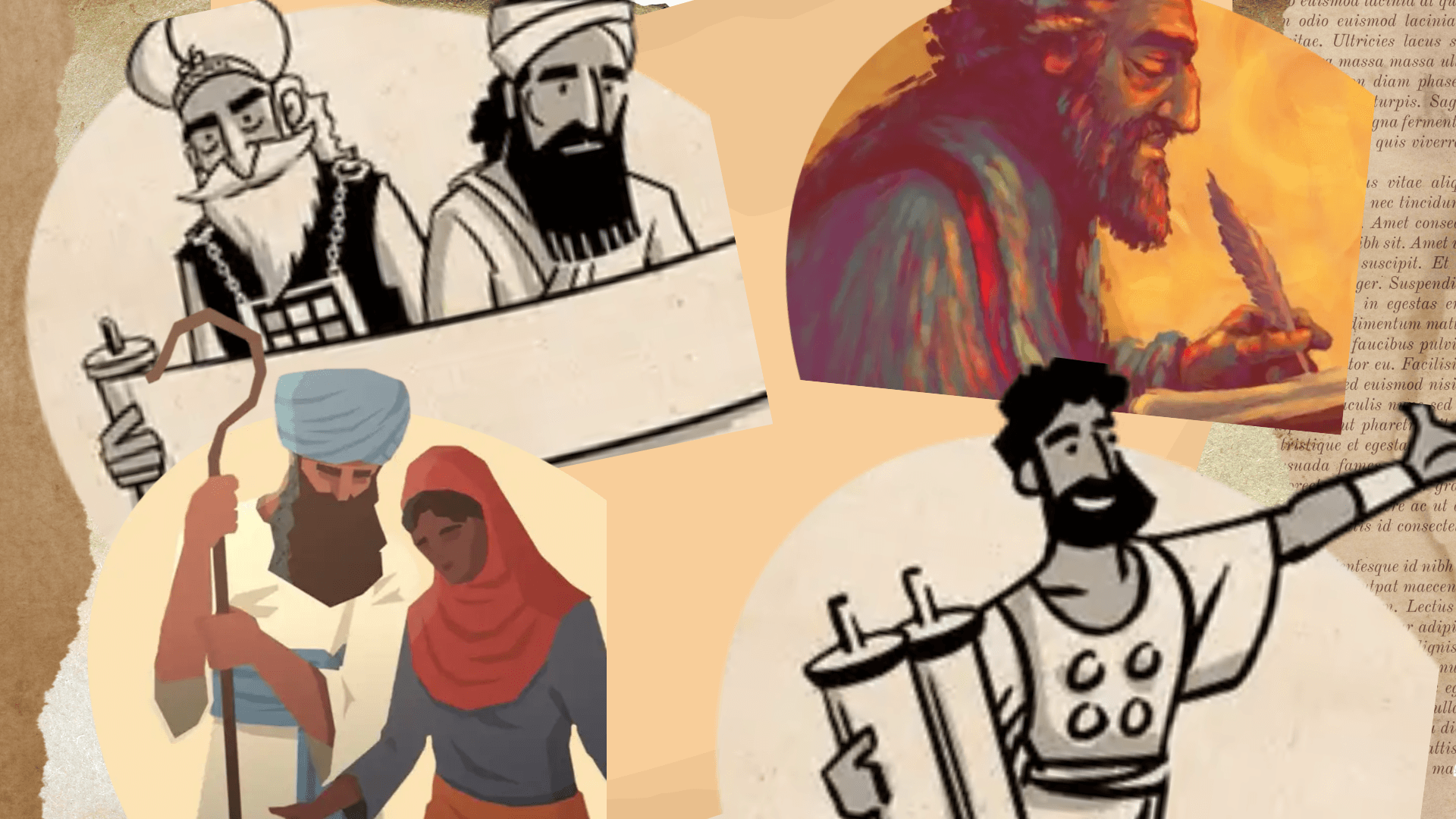Scripture: One Book at a Time
The whole of Sacred Scripture is a single narrative that promises and points to Jesus Christ as Lord and Savior of the World. It is an epic story, the greatest ever told, and told "one book at a time." Each book makes it contribution to the narrative as God reveals God's self to us and his desire that all be saved.

Lesson 66 – Titus and Philemon
The Letter to Titus
The third of the Pastoral Epistles is addressed to Titus as the person in charge of developing the church on the large Mediterranean island of Crete. For the record, Paul never visited there. The letter has a lot in common with the First Letter to Timothy as three topics of church life and structure are discussed: presbyter-bishops, groups with which one must work in the church, and admonitions for conduct based on the grace and love of God that appeared in Jesus Christ. The warmer personal tone of Second Timothy is replaced by emphasis on church office and on living in the society of the day, in which deceivers and heretics abound.
Titus was a Gentile Christian, but we know little of his origin story. His name does not appear in Acts of the Apostles, but according to Galatians he went from Antioch with Paul and Barnabas to Jerusalem. In 2nd Corinthians we learn that he was with Paul on his third missionary journey and that he was the bearer of Paul’s severe letter to the Corinthians. In Titus he is mentioned as the administrator of the Christian community in Crete, charged with the task of organizing it through the appointment of presbyters and bishops.
The letter instructs Titus about the character of the assistants he is to choose in view of the pastoral difficulties peculiar to Crete. The letter offers suggestions of what kind of character traits to seek in old, young, men, women, etc, that would well serve his pastoral efforts (chapter 2). The letter reminds Titus that he is to be the example to them of the way to follow Christ. In this way, their transformation will serve as a leaven for Christian evangelization of the social world of Crete.
The Letter to Philemon
The Letter of Philemon was written by St. Paul during an imprisonment, most likely in Rome. The letter is addressed to Philemon, apparently a person of financial means as he hosted the Colossae Christian community in his house and owned slaves. The letter concerns Onesimus, a slave who had run away from, perhaps guilty of theft in the process (Phlm 18). Onesimus was converted to Christ by Paul who sent him back to Philemon with this letter asking that he be welcomed not just as a slave but as a brother in Christ.
Paul’s letter deals with an accepted institution of antiquity, human slavery. But Paul breathes into this letter the spirit of Christ and of equality within the Christian community. He does not attack slavery directly, for this is something the Christian communities of the first century were in no position to do, and the expectation that Christ would soon come again militated against social reforms. Yet Paul, by presenting Onesimus as “brother, beloved…to me, but even more so to you” (Phlm 16), voiced an idea revolutionary in that day and destined to break down worldly barriers of division “in the Lord.”
